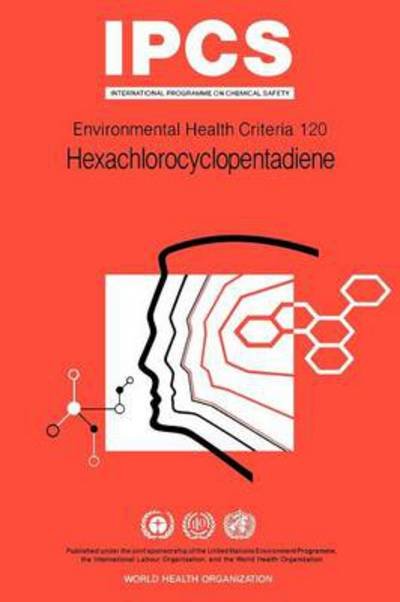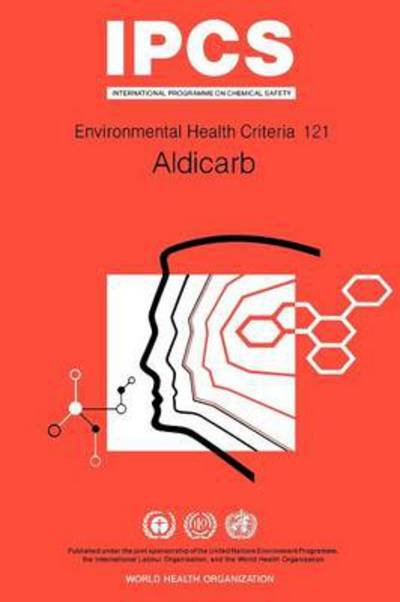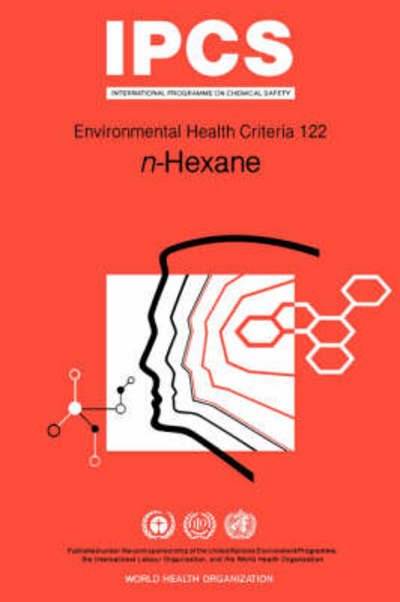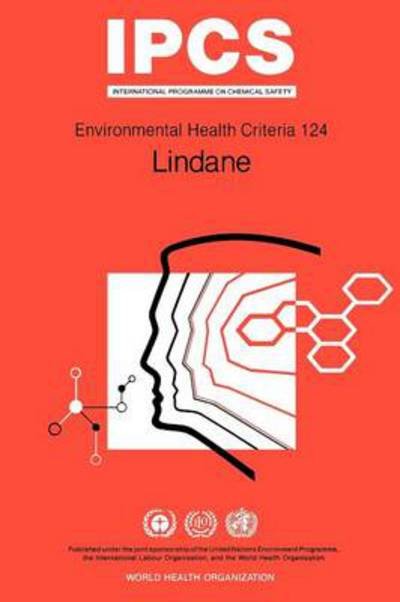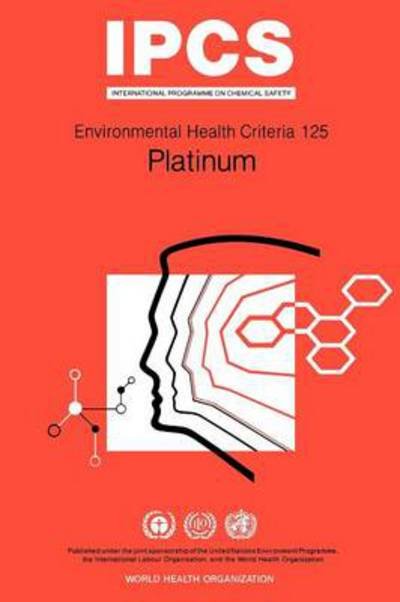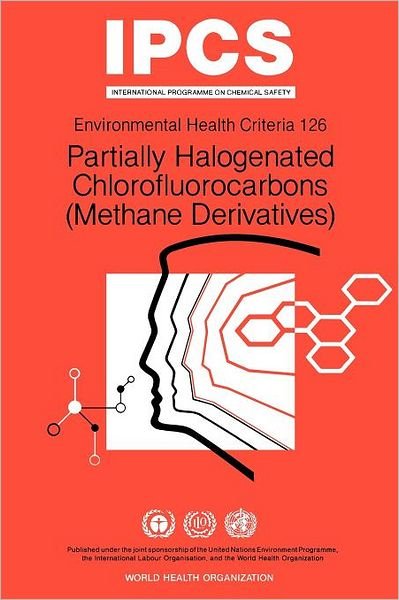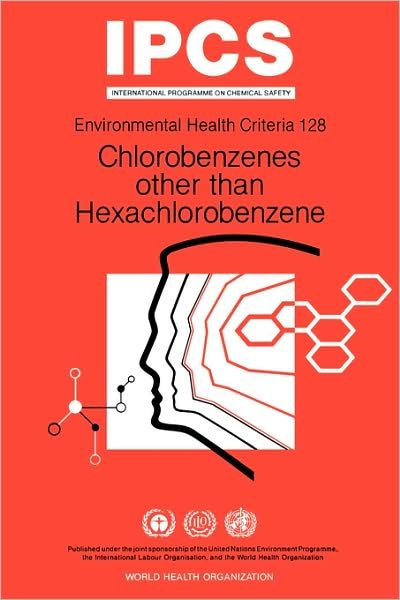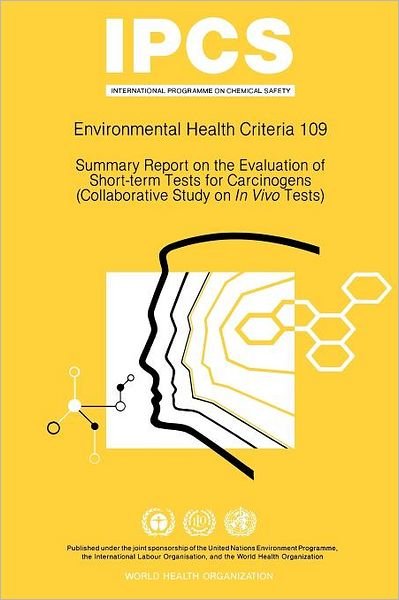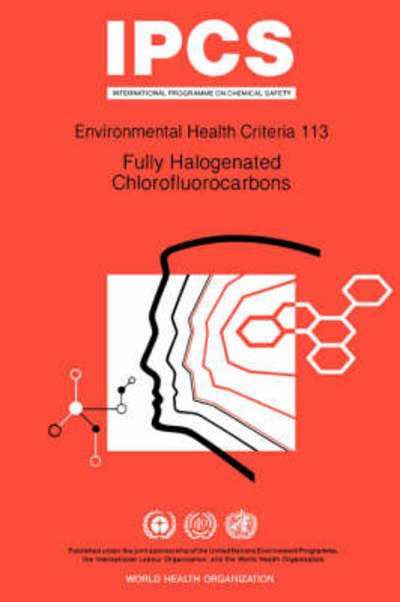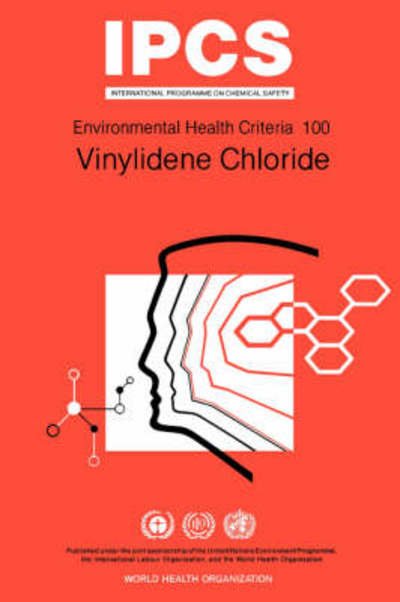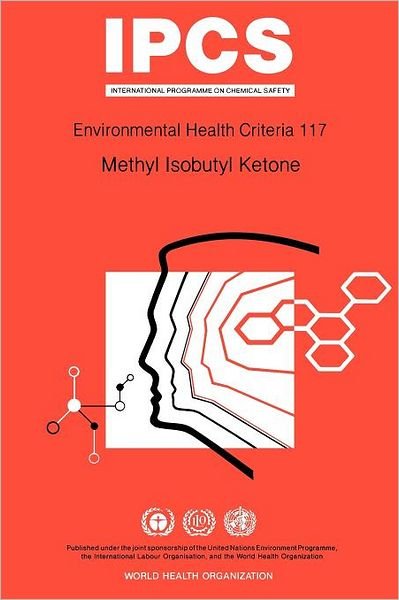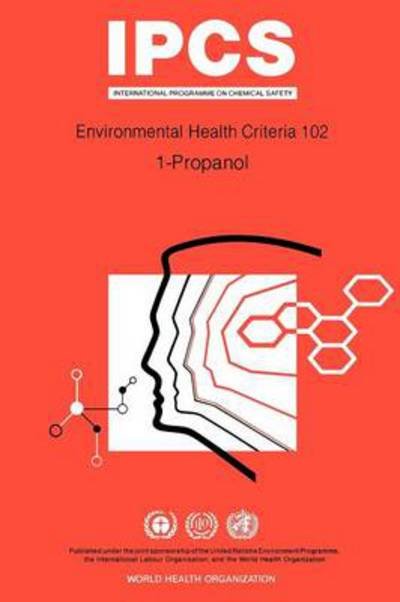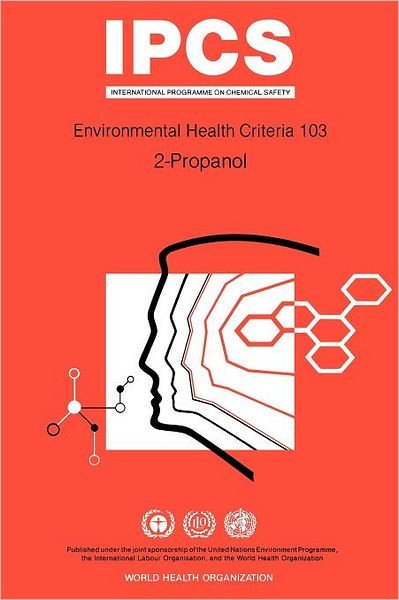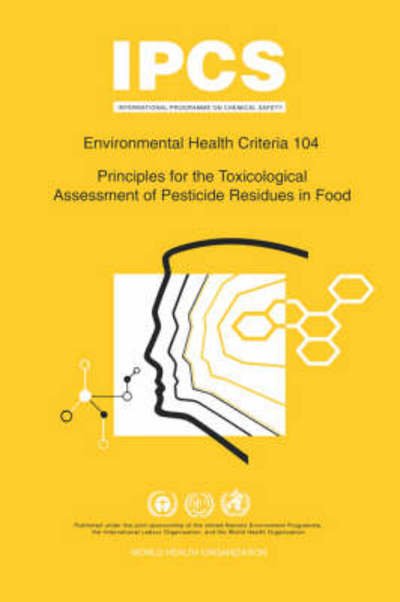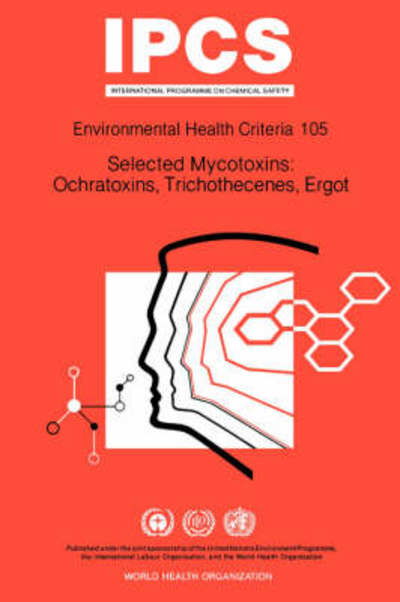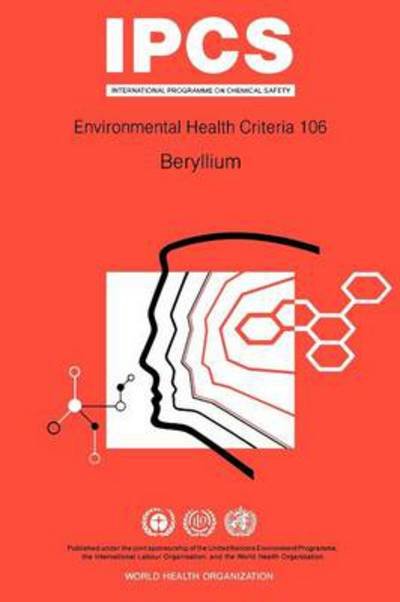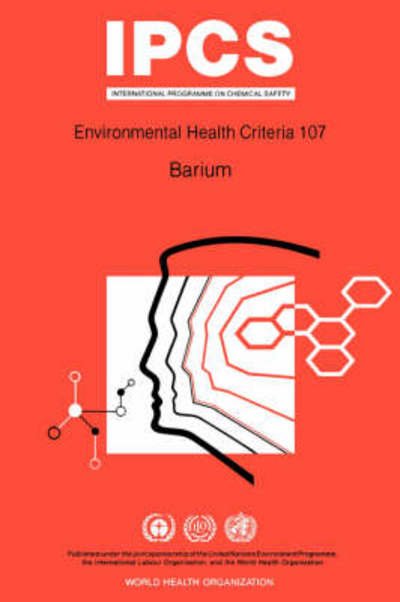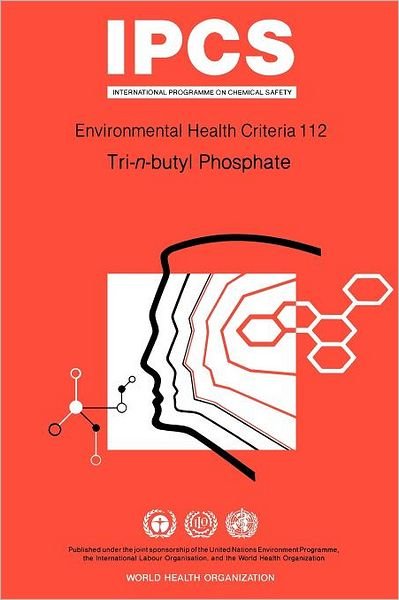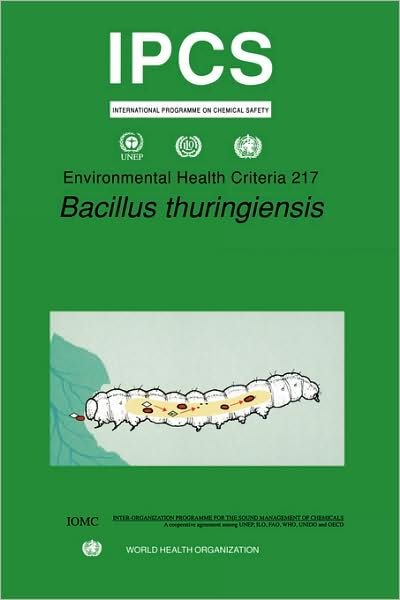
Tell your friends about this item:
Bacillus Thuringiensis (Environmental Health Criteria Series)
Unep
Bacillus Thuringiensis (Environmental Health Criteria Series)
Unep
This book evaluates the risks to human health and the environment posed by the use of Bacillus thuringiensis (Bt) as a microbial agent for pest control. Products containing various Bt subspecies are increasingly used worldwide to control the larvae of several insect pests that threaten major agricultural crops and forests. Bt products are also being used to control the insect vectors of malaria, onchocerciasis and other diseases of major public health importance. The bacterium is also a key source of genes for transgenic expression to provide pest resistance in plants and microorganisms. The report opens with an overview of the biological properties of Bt and commercial Bt products. Particular attention is given to the mechanisms by which sporulation produces inclusion bodies containing insecticidal crystalline proteins which are selectively toxic for insect species in the orders Coleoptera Diptera and Lepidoptera. Tables show the current classification of 67 Bt subspecies and the large number of genes coding for the insecticidal crystalline proteins. A review of Bt metabolites found in commercial products concludes that they pose no hazards to humans or the environment. Chapter two reviews data elucidating the mechanisms by which Bt exerts its toxic action on susceptible insect larvae. Data on insect populations that are resistant to Bt are also briefly considered. Chapter three focuses on the survival and activity of Bt in the environment compares habitats where Bt subspecies occur naturally with treated habitats. Particular attention is given to the ability of Bt to form endospores that are resistant to inactivation by heat and desiccation and that persist in the environment under adverse conditions. A chapter on commercial production describes methods of production and general patterns of use in agriculture and forestry and in large-scale program to control the vectors of malaria and onchocerciasis. The most extensive chapter evaluates the large number of studies conducted to assess the toxicity of various preparations containing insecticidal crystalline proteins, spores and vegetative cells. Laboratory studies in a range of species have failed to demonstrate toxic or pathogenic effects. Field studies have likewise failed to demonstrate adverse effects on birds, earthworms, fish, other aquatic vertebrates, and non-target aquatic invertebrates. An evaluation of effects on humans draws on studies in volunteers? case reports from occupationally-exposed workers and extensive data from countries where Bt products are added to drinking-water for mosquito control or used to treat rivers for blackfly control. On the basis of this review, the report concludes that Bt products are unlikely to pose any hazard to humans or other vertebrates or to the great majority of non-target invertebrates provided the commercial product is free from non-Bt microorganisms and biologically active products other than the insecticidal crystalline proteins. The report further concludes that Bt products can be safely used for the control of insect pests of agricultural and horticultural crops and forests. These products are likewise judged safe for use in aquatic environments including drinking-water reservoirs for the control of mosquito, black fly, and nuisance insect larvae. The report stresses, however, that vegetative Bt has the potential to produce Bacillus cereus-like toxins whose significance as a possible cause of human gastrointestinal disease remains unknown.
| Media | Books Paperback Book (Book with soft cover and glued back) |
| Released | 1999 |
| ISBN13 | 9789241572170 |
| Publishers | World Health Organization |
| Pages | 105 |
| Dimensions | 176 g |
| Language | English |
| Contributor | Who |

 Christmas presents can be returned until 31 January
Christmas presents can be returned until 31 January


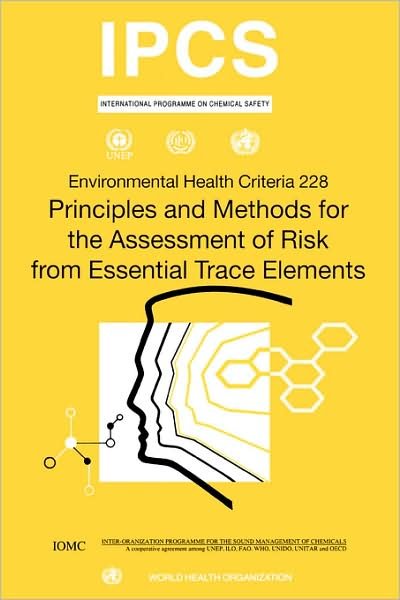
![Cover for Unep · Principles for the Assessment of Risks to Human Health from Exposure to Chemicals - Environmental Health Criteria Series No. 210 (Paperback Book) [First Edition, First Printing edition] (1999)](https://imusic.b-cdn.net/images/item/original/101/9789241572101.jpg?unep-1999-principles-for-the-assessment-of-risks-to-human-health-from-exposure-to-chemicals-environmental-health-criteria-series-no-210-paperback-book&class=scaled&v=1498550134)
![Cover for Unep · Health Effects of Interactions Between Tobacco Use and Exposure to Other Agents: Environmental Health Criteria Series No. 211 (Paperback Book) [First Edition, First Printing edition] (1999)](https://imusic.b-cdn.net/images/item/original/118/9789241572118.jpg?unep-1999-health-effects-of-interactions-between-tobacco-use-and-exposure-to-other-agents-environmental-health-criteria-series-no-211-paperback-book&class=scaled&v=1443435262)

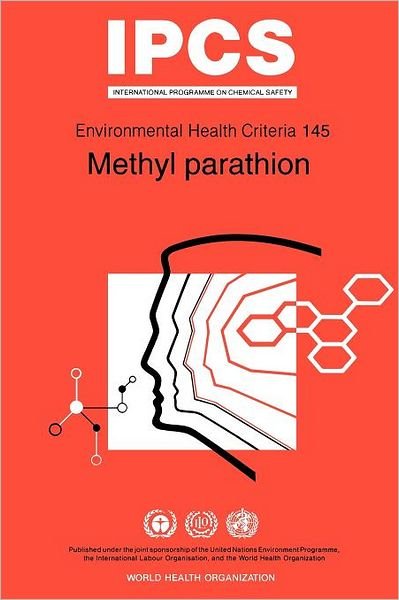
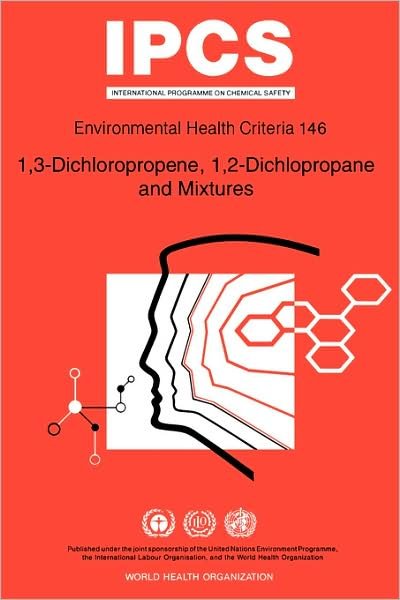
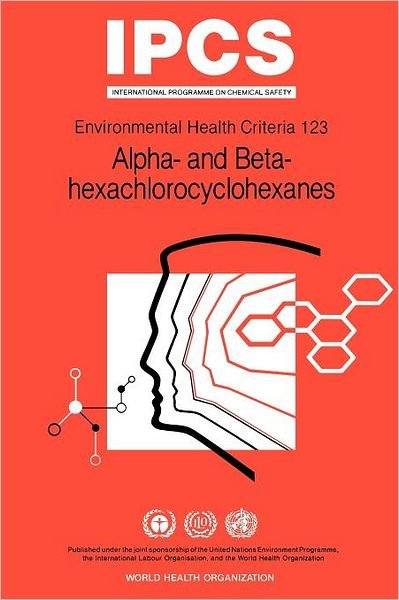
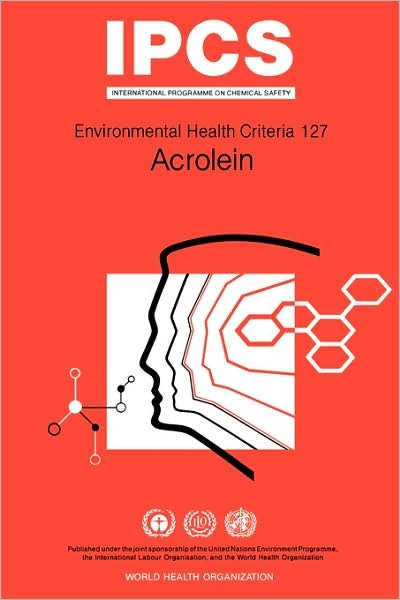

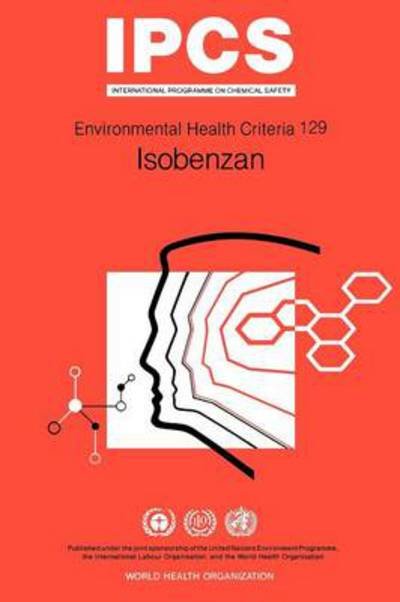
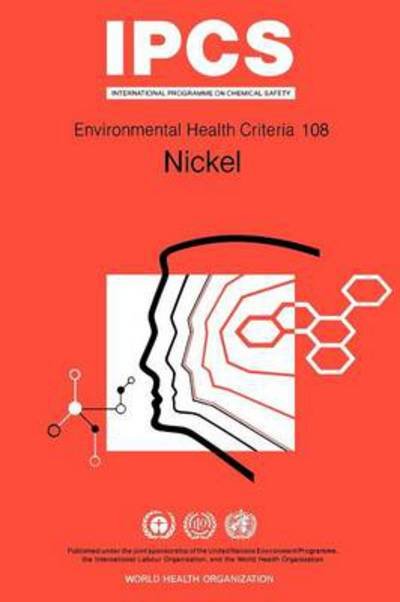

![Cover for Unep · Inorganic Mercury: Environmental Health Criteria Series No 118 (Paperback Book) [First edition] (1991)](https://imusic.b-cdn.net/images/item/original/180/9789241571180.jpg?unep-1991-inorganic-mercury-environmental-health-criteria-series-no-118-paperback-book&class=scaled&v=1544749410)
